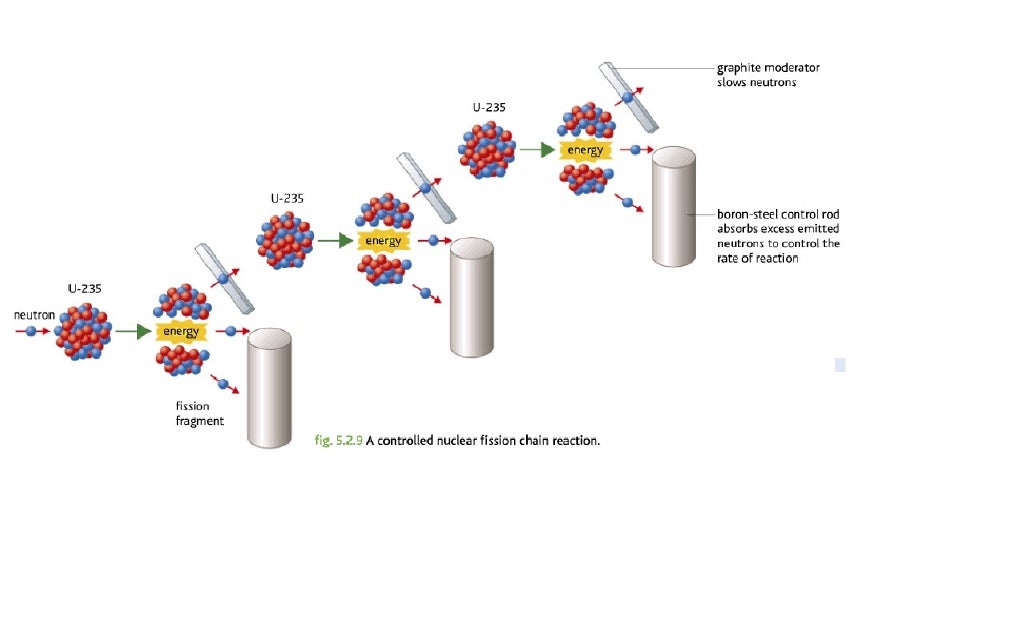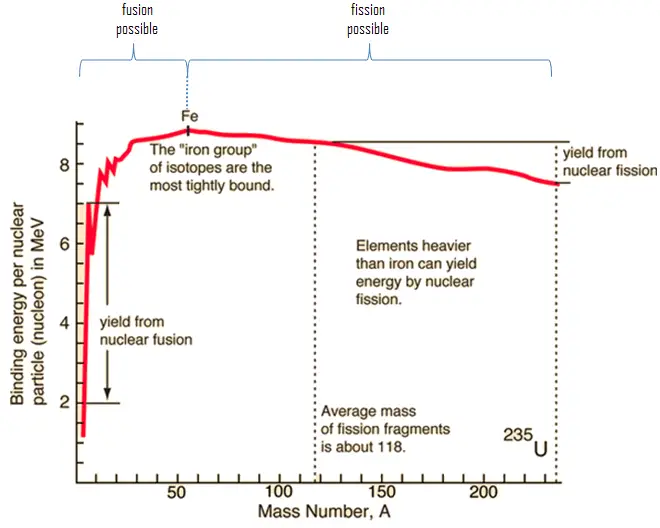


While fission is most easily achieved with heavy elements, such as uranium or plutonium, fusion is easiest with light elements. published 9 July 2021 Fission involves splitting atoms fusion is about combining them. Students are able to visualize and model. The fusion of atomic nuclei occurs in pairs, atoms with a smaller mass transform into nuclei with a larger mass during their collision, and huge energy is. (Technically, fissile material can undergo fission with neutrons of any energy, whereas fissionable material requires high-energy neutrons. While the atomic bombs built during the Manhattan Project used the principle of nuclear fission, the thermonuclear, or hydrogen, bomb was based upon nuclear fusion. Description:With the Fission Demonstration, students gain a better understanding of nuclear fission and fusion. Atomic bombs rely on fission reaction while hydrogen bomb uses fusion. Topics include: nuclear fusion & fission definitions. Nuclear fission and nuclear fusion are reactions which convert matter into energy. nuclear fusion: The combining of nuclei resulting in. This resource is also part of my amazing, cost saving Physics Bundle and the Nuclear Energy Enriched Bundle. nuclear fission: The splitting of a nucleus into two or more parts resulting in a large release of energy. Material that can sustain a nuclear fission chain reaction is said to be fissile or fissionable. This resource includes an 8-slide PowerPoint presentation with YouTube video links and an extremely simple 2-page note for students to copy down key points and diagrams. If this process continues, a nuclear chain reaction occurs. This is an expensive and complicated process fraught.

\): The fission of a large nucleus, such as U-235, produces two or three neutrons, each of which is capable of causing fission of another nucleus by the reactions shown. Current nuclear reactors utilise fission, the process of splitting the nucleus of a single atom into two.


 0 kommentar(er)
0 kommentar(er)
